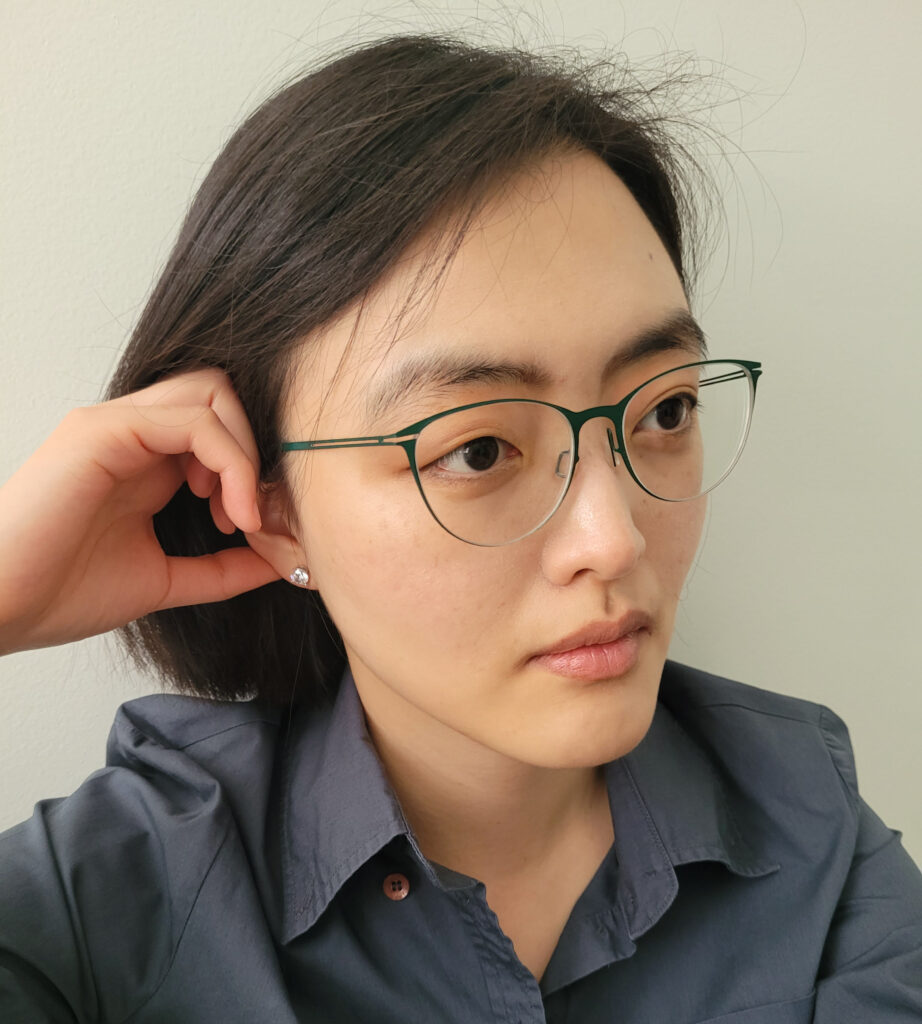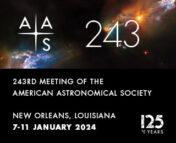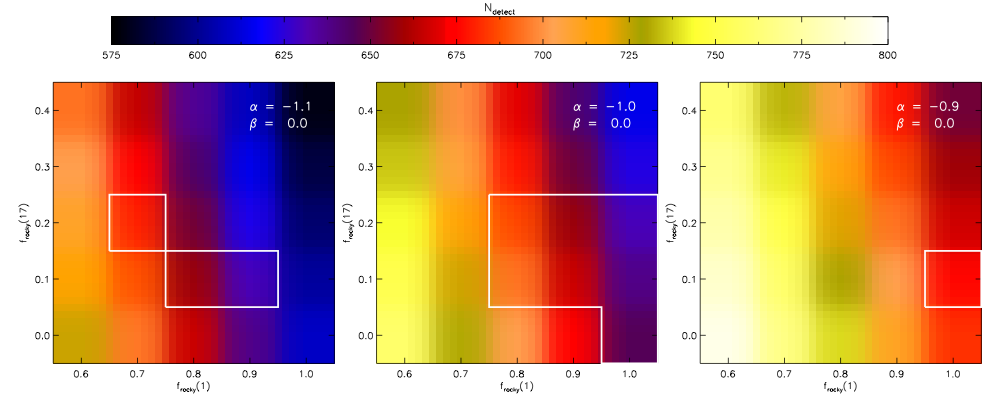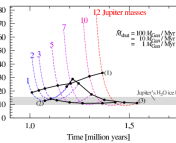In this series of posts, we sit down with a few of the keynote speakers of the 243rd AAS meeting to learn more about them and their research. You can see a full schedule of their talks here, and read our other interviews here!

Dr. Eve Lee, a distinguished astronomer at McGill University specializing in exoplanets, shared her captivating career journey, providing insights into her trajectory from an eager undergrad to a seasoned researcher. Graduating from the University of Toronto with a focus on physics and astronomy, she navigated the challenges of limited astro classes by actively engaging in seminars and colloquial sessions. “I wanted to figure out what kind of research topics I would be interested in if I decided to go into academia,” she reflected. Acknowledging Toronto’s support for undergrad research, she delved into diverse projects, starting with identifying brown dwarfs and even experiencing telescope observations at the Subaru telescope. While she initially leaned towards theory, she acknowledged the importance of cross-disciplinary collaboration. “It’s really good for theorists to talk to observers and talk to each other,” she emphasized. Her journey involved exploring galaxy morphologies and star formation before honing in on exoplanets, driven by the excitement generated by the unexpected Kepler data. “It was exciting, the fact that so much data goes against all the prior theoretical expectations,” she noted, “this may be a field where I could make some contribution.” Upon entering grad school at UC Berkeley, Dr. Lee clarified her preference for theory over observations, emphasizing her enjoyment of delving into the physics behind phenomena. “I like digging into the physics behind what we see,” she explained.
All things planets
Dr. Eve Lee is deeply immersed in the intricate world of planet and star formation, focusing on a wide array of topics under this overarching theme. While proudly identifying as a theorist, her work is significantly influenced by real-world data and observations. Of particular interest are the enigmatic gaps and patterns observed in the demographics of exoplanets. Dr. Lee’s group studies phenomena such as the subjovian desert and the intriguing population of Jupiter-sized planets in extrasolar planetary systems. These phenomena, corrected for observational biases, raise questions on formation and evolution of planets.
“In particular, the kind of major streams that I’m interested in are things like, how can we understand the demographic patterns in the exoplanet? Are there any gaps, or are there any particular peaks? And if so, can we come up with some first principle physics or astrophysics to understand why those trends come about?”
Notably, her group delves into the intriguing radius gap that separates super-Earths from sub-Neptunes, “and that’s really interesting because it means that now we can say that these are separate populations, whereas before we weren’t sure.” Moreover, Dr. Lee’s research extends to understanding the initial stages of planet formation, investigating the dynamic interplay between dust grains and gas in protoplanetary disks and molecular clouds.
In terms of methodology, Dr. Eve Lee’s group employs a diverse toolkit, seamlessly integrating analytic derivations, modeling, hydrodynamical simulations, and N-body calculations. Their approach is driven by scientific inquiry, utilizing whichever tools prove essential to address the research questions at hand.
How to bridge the gap
In the vast realm of astrophysics, the study of planet formation has evolved into distinct subfields, each with its unique focus and methodologies. However, as I speak with Dr. Lee, we reveal a growing concern about the lack of communication and collaboration between these specialized groups. I asked Dr. Lee about her opinion on the issue by highlighting the segmentation of researchers into specific subgroups, such as those studying gas flow and early planet formation versus those focused on exoplanet atmospheres and demographics.
Dr. Lee acknowledges this observation, attributing it to a broader trend in science where increasing specialization leads to reduced cross-disciplinary communication. The wealth of available data, Dr. Lee suggests, has contributed to researchers becoming more focused on specific anomalies and phenomena, diverting attention from the overarching, generalized models that used to be prevalent in the past.
How can these disparate groups start communicating more effectively? Dr. Lee suggests that conferences play a vital role in addressing this issue, citing the Gordon conference as an example. They aim to bring together researchers from various aspects of planet formation, fostering dialogue between cosmochemists, geophysicists, and planet formation experts. She also emphasizes the need for researchers to actively engage with experts from other subfields because the findings in one area, such as protoplanetary disk research, impact the work of researchers focused on exoplanets. “Talking to geophysicists, for example, about the details of what happens at the boundary between the gaseous envelope and the rocky core, it’s not a rock. The temperatures and pressures are way too high, so they’re going to mix both chemically and mechanically. […] That’s one view that was impacted by me talking to geophysicists and material science folks, which I think is a very interesting physics problem as well.” Dr. Lee’s research goals align with this perspective, seeking to weave together disparate elements into coherent narratives that encompass the entire planet formation process.
How to get more “positive vibes”
Of course, I asked Dr. Lee for valuable insights and advice for early career scientists, particularly women navigating the unique challenges of the field. Acknowledging the limited job market, she advocates for a proactive approach, advising individuals to “apply for jobs that are open that you’re somewhat interested in or that you feel could be a good fit,” emphasizing the unpredictable nature of career paths. Dr. Lee also stresses the significance of networking and mentorship. She recommends building a diverse network of mentors and peers, though noting the role of luck in finding supportive mentors. Her emphasis on cultivating positive relationships extends to both mentors and peers. “Try to surround yourself with people who give you more positive vibes and who you find to be more supportive,” she says, expressing gratitude for maintaining mentor-mentee relationships from her undergraduate studies throughout her career. Her practical advice encourages early career scientists, especially women, to “try to have that almost like peer mentorship or network both at the peer stage and also people who are more senior to you,” fostering a network that spans both peers and senior mentors.
To hear more about the theory of planet formation, be sure to attend Dr. Lee’s Plenary Lecture at 3:40 PM CT on Tuesday, January 9 at #AAS243!
Astrobite edited by: Archana Aravindan
Featured image credit: American Astronomical Society




